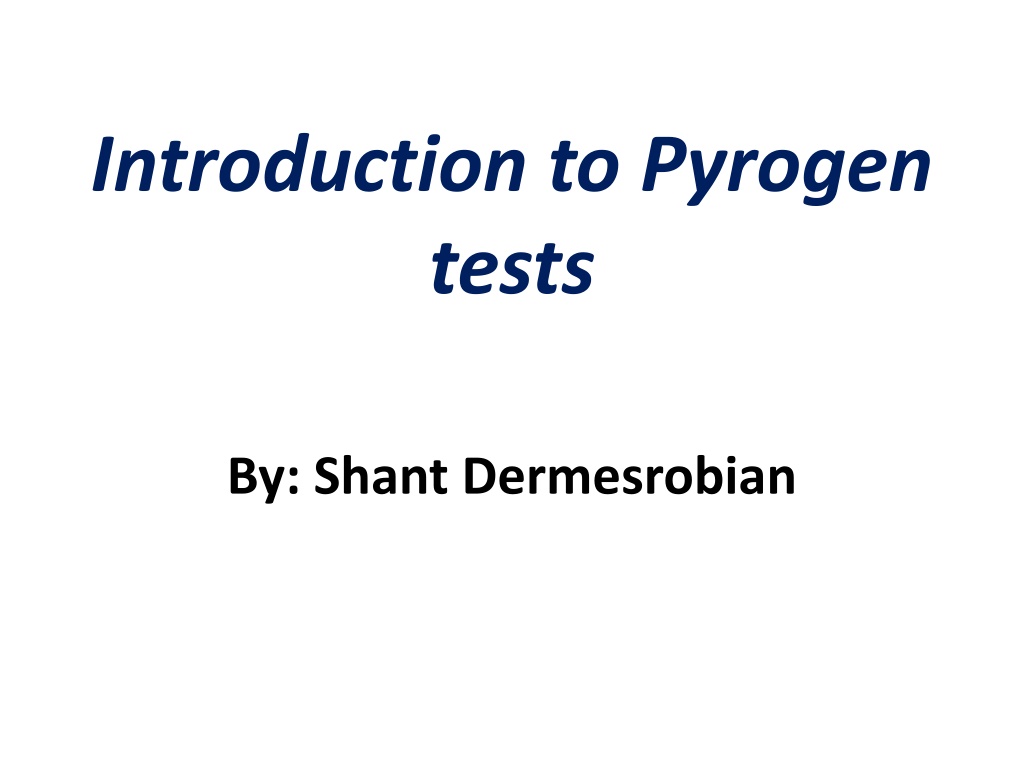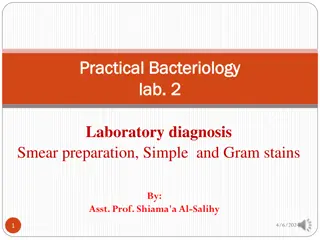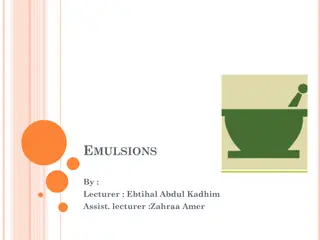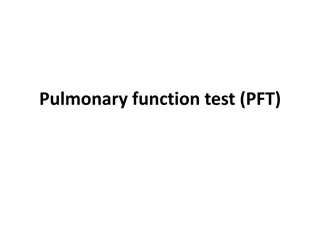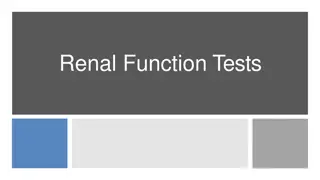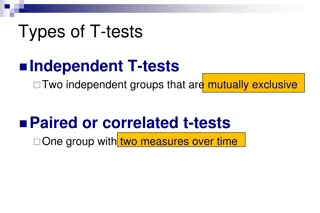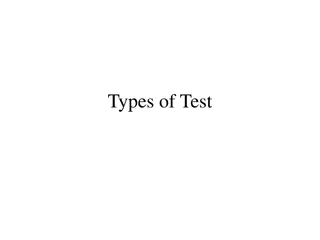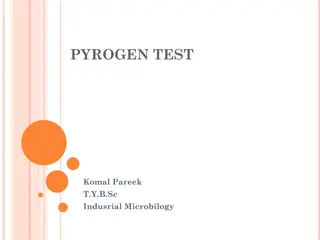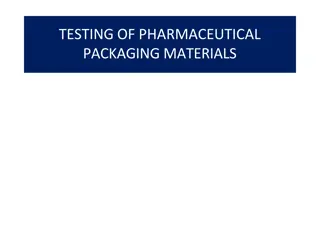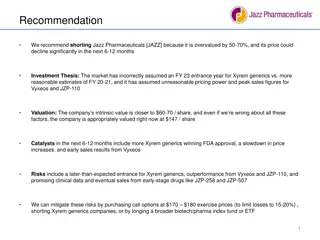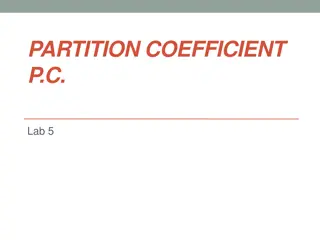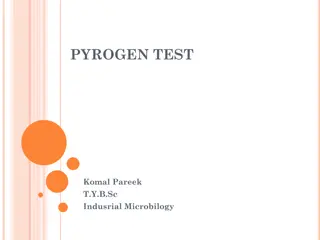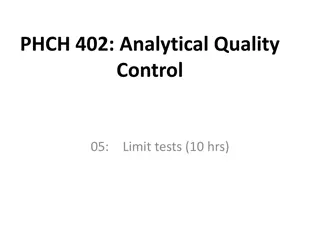Pyrogen Tests in Pharmaceuticals
Pyrogen tests are crucial in pharmaceuticals to detect substances that can cause fever and adverse effects. Learn about pyrogens, endotoxins, pharmacopoeial tests using rabbits and LAL, and their significance in ensuring pharmaceutical safety.
Uploaded on Feb 27, 2025 | 0 Views
Download Presentation

Please find below an Image/Link to download the presentation.
The content on the website is provided AS IS for your information and personal use only. It may not be sold, licensed, or shared on other websites without obtaining consent from the author. Download presentation by click this link. If you encounter any issues during the download, it is possible that the publisher has removed the file from their server.
E N D
Presentation Transcript
Introduction to Pyrogen tests By: Shant Dermesrobian
Definition In theory a pyrogen is any substance that, when injected into a mammal, elicits a rise in body temperature, and substances produced by some Gram- positive bacteria, mycobacteria, fungi and also viruses conform to this definition.
The most common pyrogens, however, and those of major significance to the pharmaceutical industry, are produced by Gram-negative bacteria and are termed endotoxins; they are lipopolysaccharides (LPS) found in the cell envelope.
Characteristic effects It is dose dependent. They cause: Increase in circulating levels of inflammatory cytokines followed by fever, blood coagulation, hypotension, neutrophilia, increases levels of cortisol.( low & moderate doses). High pyrogenic doses shock characterized by cardiovascular dysfunction, failure and death.
Pharmacopoeial tests That for pyrogens uses rabbits to assess pharmacological activity and therefore the prescence of pyrogens of all kinds. The test for bacterial endotoxins uses freshly lysed amoebocytes (blood cells) of the horseshoe crab and is therefore termed the Limulus Amoebocyte Lysate test (LAL ).
The rabbits test According to BP: Three rabbits Samples are injected into the margineal ear (10ml/kg). Monitored for 3 hours, at 30 minutes intervals. Criteria for pass or fail, as the number of rabbits increase to 12 rabbits.
LAL test Principle: Coagulation The endotoxin-induced coagulation of its blood is based on an enzyme-mediated interaction of LAL with endotoxins. LAL (limulus amebocyte lysate) test reagent comes/ extracted from the american horseshoe crab Limulus polyphemus. Test Positive prescence of endotoxins.
LAL vs. Rabbits LAL is estimated to be 1000-fold sensitive. But, LAL detects only endotoxins of G-ve bacteria and not all pyrogens. Major limitation of the rabbits test is the endotoxin tolerance because of repeated use of animals. There is low reactivity to the endotoxin produced by certain species, Legionella .
